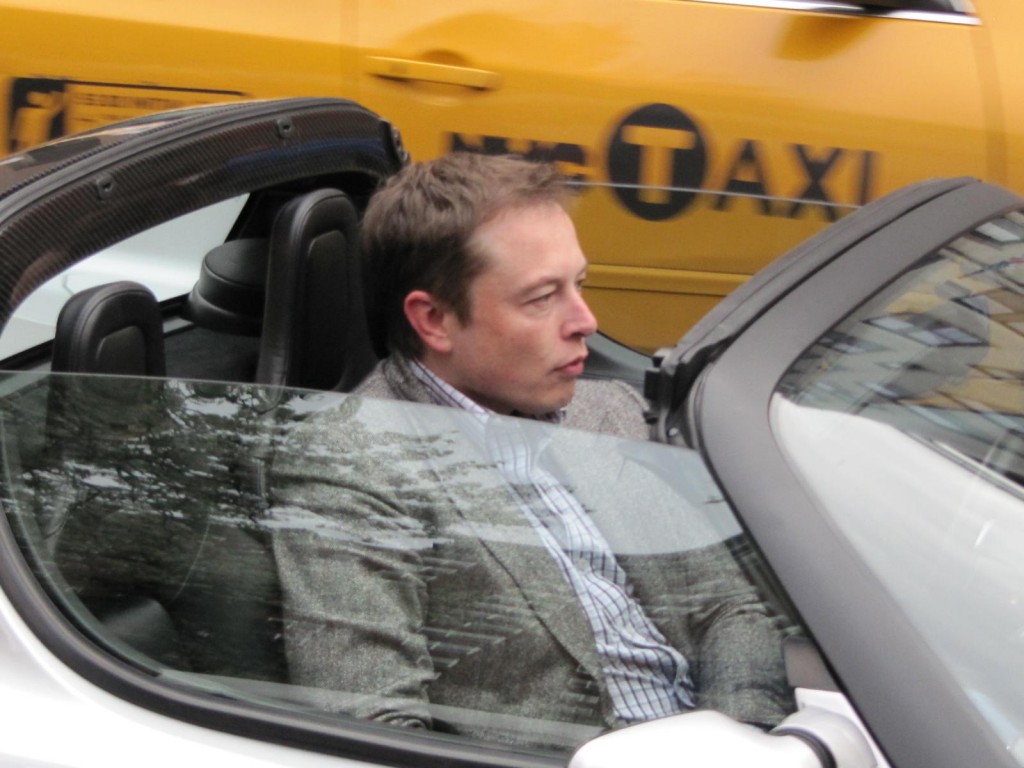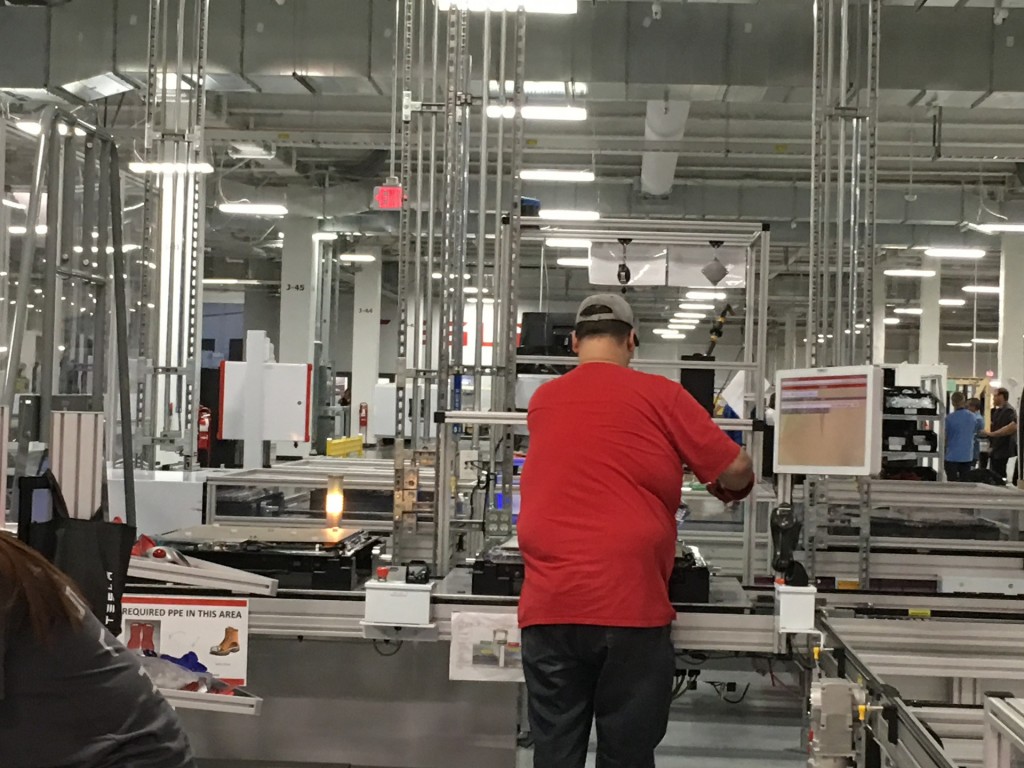Tesla Motors confirmed today that it expected to start production of its crucial Model 3 electric car in July, and claims that it will boost production to 5,000 cars a week by the end of this year.
The news was contained in Tesla's latest letter to its shareholders, and it started with the third sentence.
The company's statements restate some of CEO Elon Musk's projections from April of last year.
DON'T MISS: How many Tesla Model 3 electric cars can company build in 2017?
The company's wording was direct:
Our Model 3 program is on track to start limited vehicle production in July and to steadily ramp production to exceed 5,000 vehicles per week at some point in the fourth quarter and 10,000 vehicles per week at some point in 2018.
The projections for Model 3 production came in the company's 2016 full-year shareholder letter, released after the New York market close today.

'Revenge of the Electric Car' premiere: Elon Musk arrives in a Tesla Roadster
Reaction from automotive and financial analysts remained at least somewhat skeptical.
"Musk has to take off his rose-colored glasses and focus on efficiently launching production of its most important vehicle to date," wrote Kelley Blue Book's executive analyst, Mike Harley.
"If the company can’t meet its output goals of 5,000 units per week by the end of 2017, which is highly optimistic considering the obstacles it has faced with prior model start-ups," he continued, "the stumble may be the fall that breaks the company’s knees.”
READ THIS: Tesla Model 3 targets: 100K in 2017, 400K in 2018, say skeptical suppliers (May 2016)
Harley is referring to Tesla's track record of failing to meet its initial production dates for all three cars it has built to date: the Roadster, Model S, and Model X.
In the earnings call that followed the shareholder letter, Musk said Tesla had gained a lot of manufacturing expertise—and reiterated that the Model 3 would be "simpler" to manufacture than the Model S or Model X is.
He did not update the number of Model 3 reservations on the books, which Tesla staff last confirmed as 373,000 more than six months ago, in August 2016.

Tesla Model 3 design prototype - reveal event - March 2016
As for the Model S and Model X, which are presently the company's main source of revenue, it would appear that demand for the pair of pricey models may have plateaued.
Tesla said it would deliver 47,000 to 50,000 of the two combined during the first half of this year.
While that is an increase over last year's deliveries of 76,230 cars, that 2016 total missed the company's initial projections of 80,000 to 90,000 cars for the year.
CHECK OUT: Tesla's new manufacturing chief has a lot on his plate (Model 3, mostly)
Musk last year had projected a goal of 100,000 to 200,000 Model 3 deliveries during 2017, so Tesla's statements today seem to be a slight pullback from that volume.
Still, if Tesla can build and deliver even 75,000 Model 3 sedans next year—on top of 90,000 to 100,000 Model Ses and Model Xes—the company will clearly have met its goal of getting the car into volume production this year.
As for its gigafactory plans, Tesla said that it expected to finalize locations later this year for Gigafactories 3, 4 and possibly 5 (Gigafactory 2 is the Tesla solar plant in New York)."

Tour of Tesla battery gigafactory for invited owners, Reno, Nevada, July 2016
It said that the models in production today have all the necessary hardware required for self-driving, though it did not specify which of the SAE levels that statement referred to.
During the call, Musk essentially brushed off an analyst's question about the possibility of unionization by workers at its assembly plant in Fremont, California.
He did say, however, that the end of federal electric-car tax credits—which could run out for Tesla within a year or two, or potentially be eliminated by the Trump Administration—could be a positive for the company, by ending subsidies for other makers.
_______________________________________













